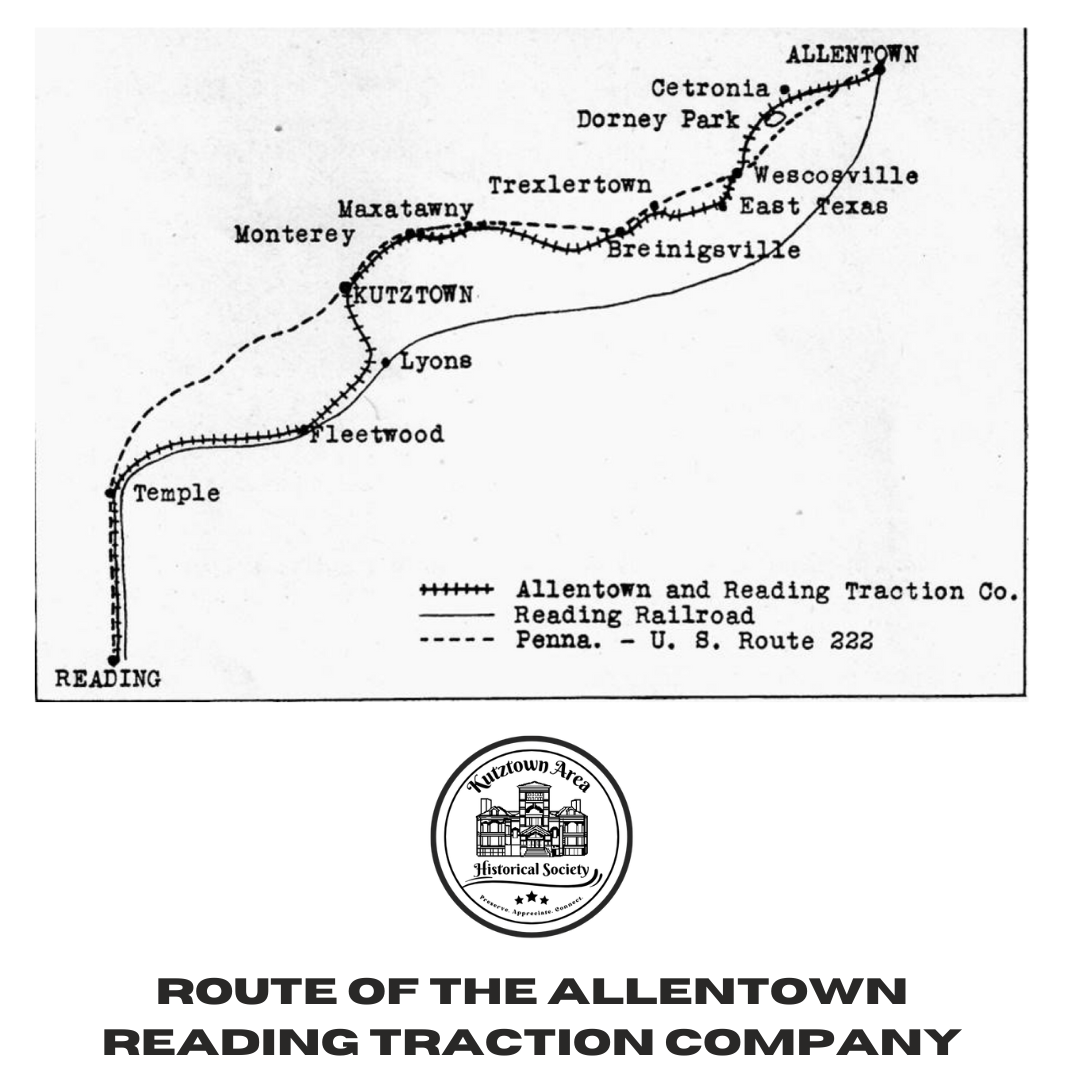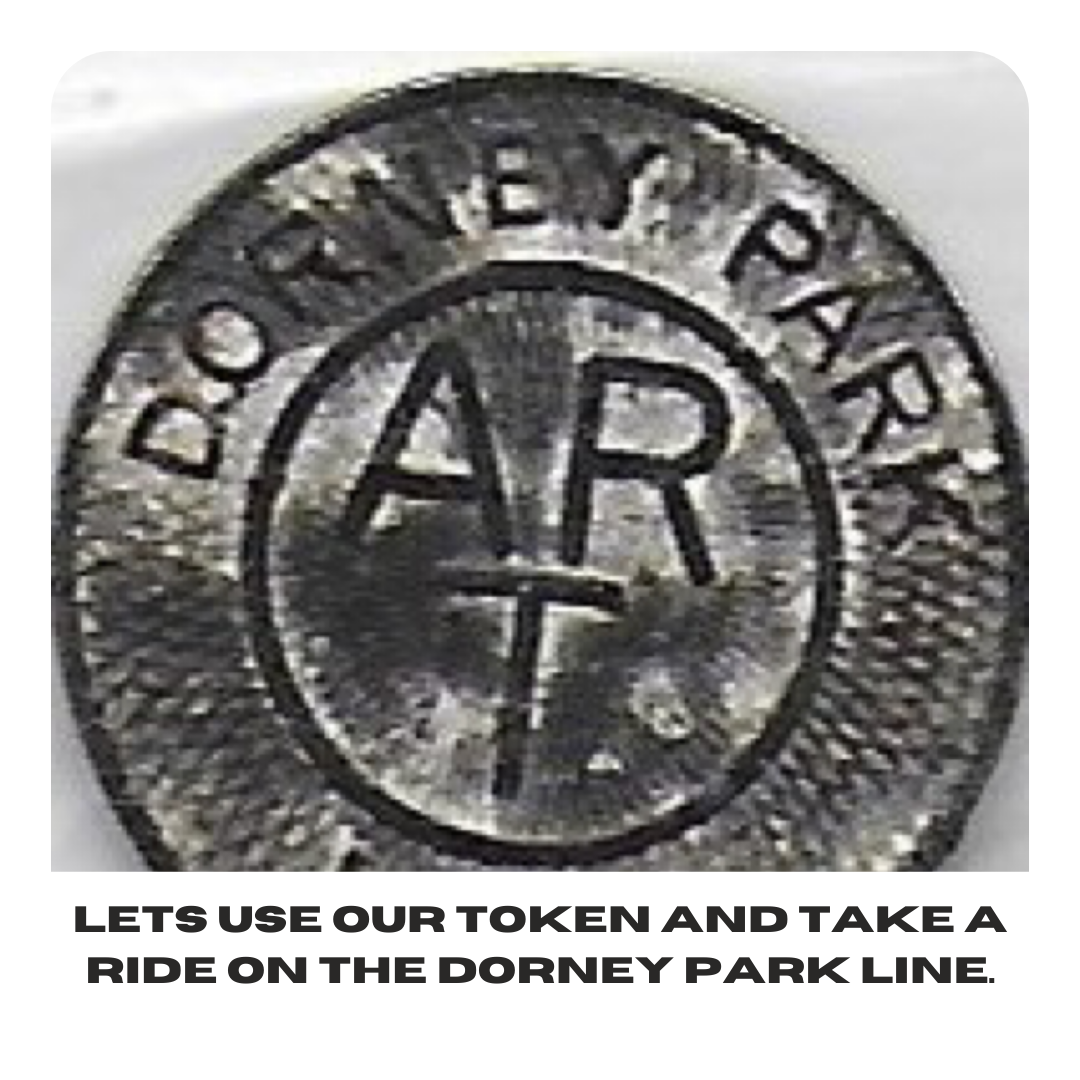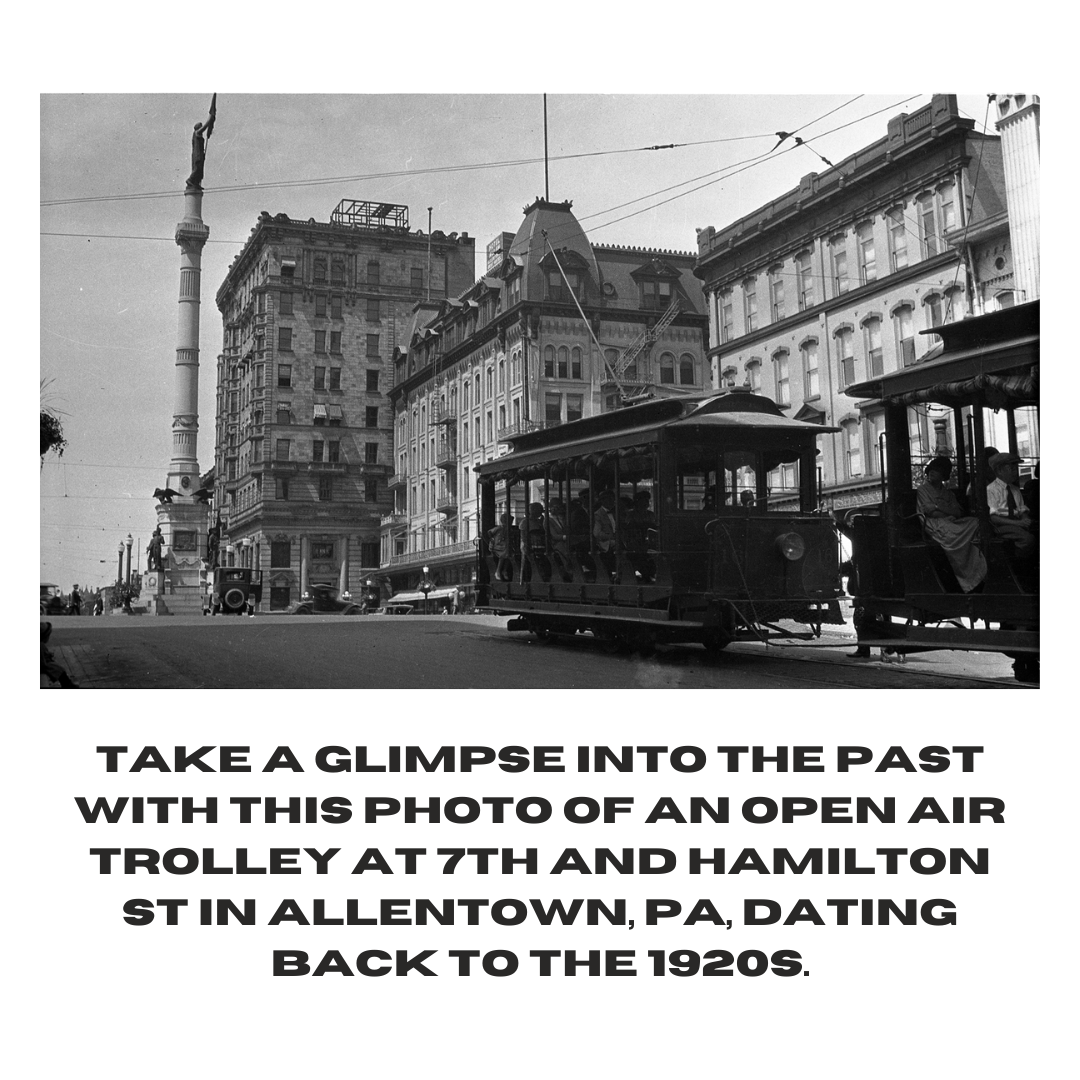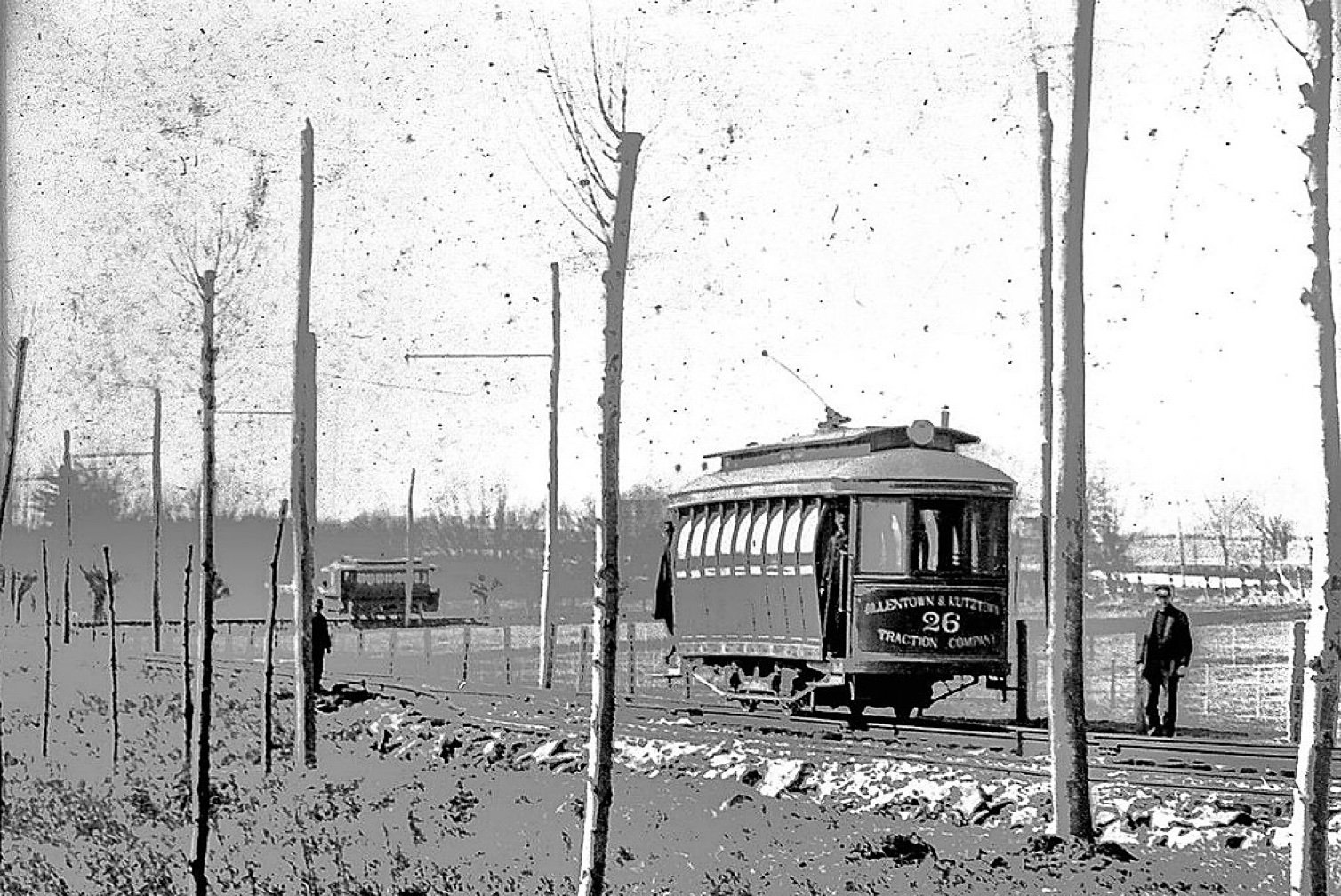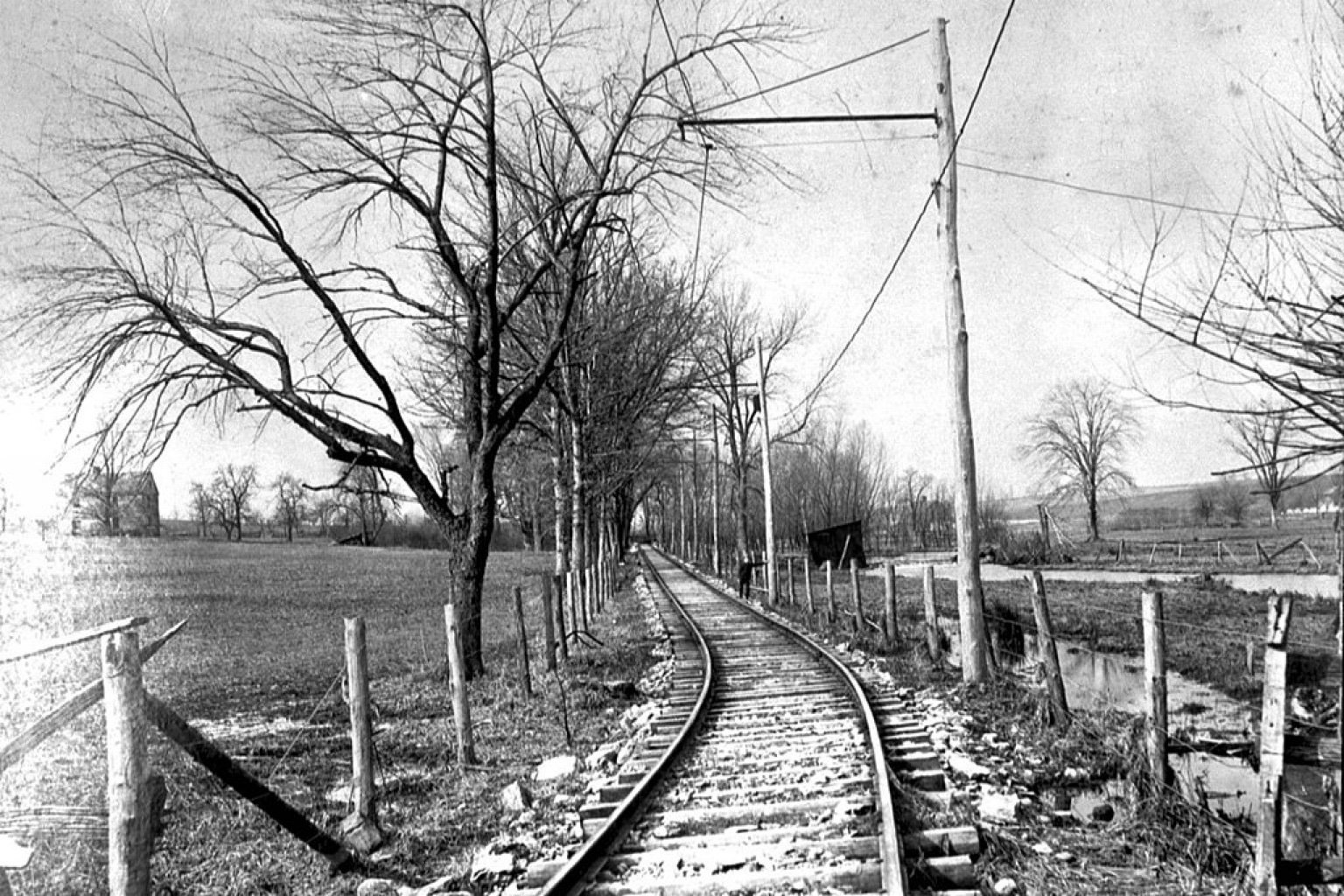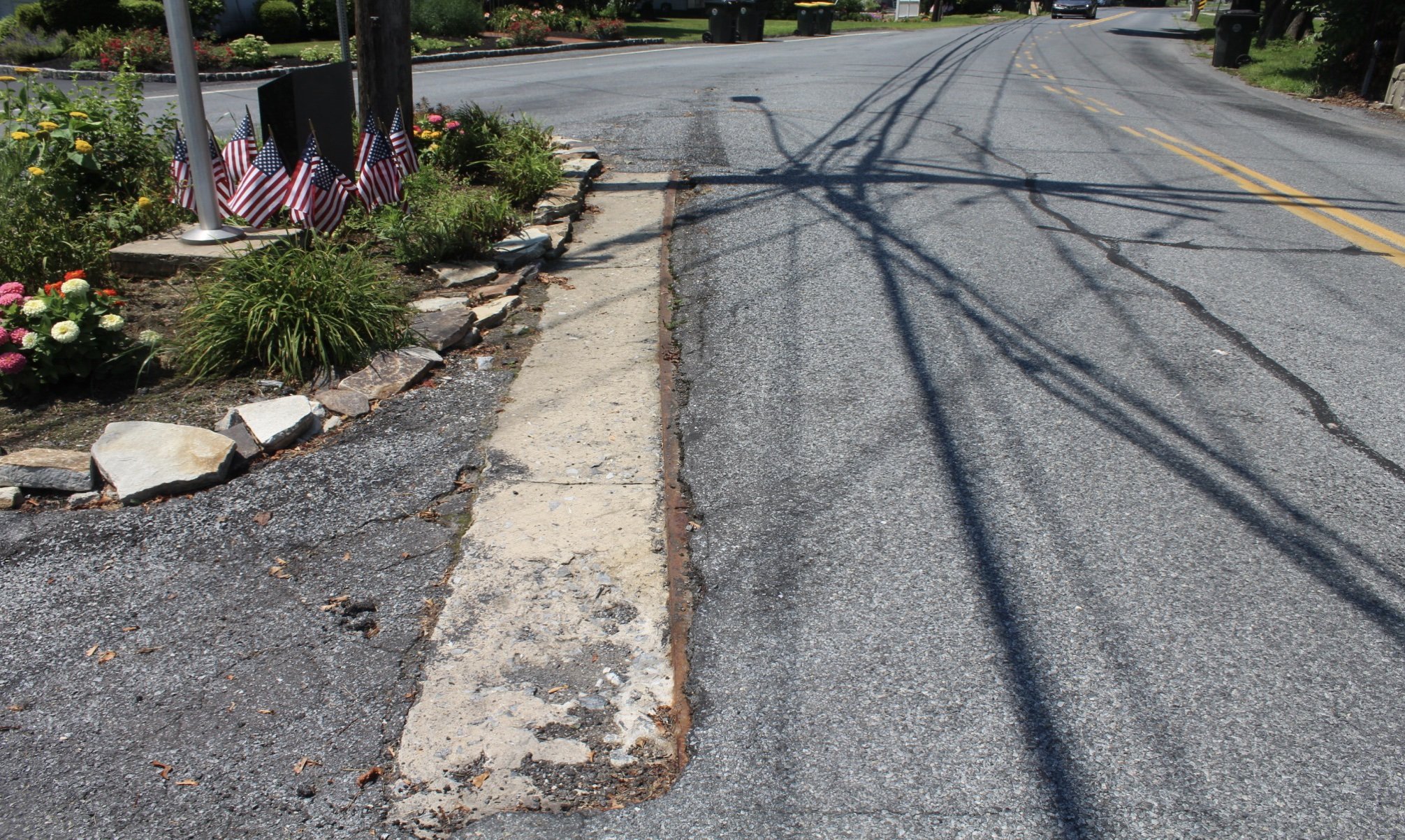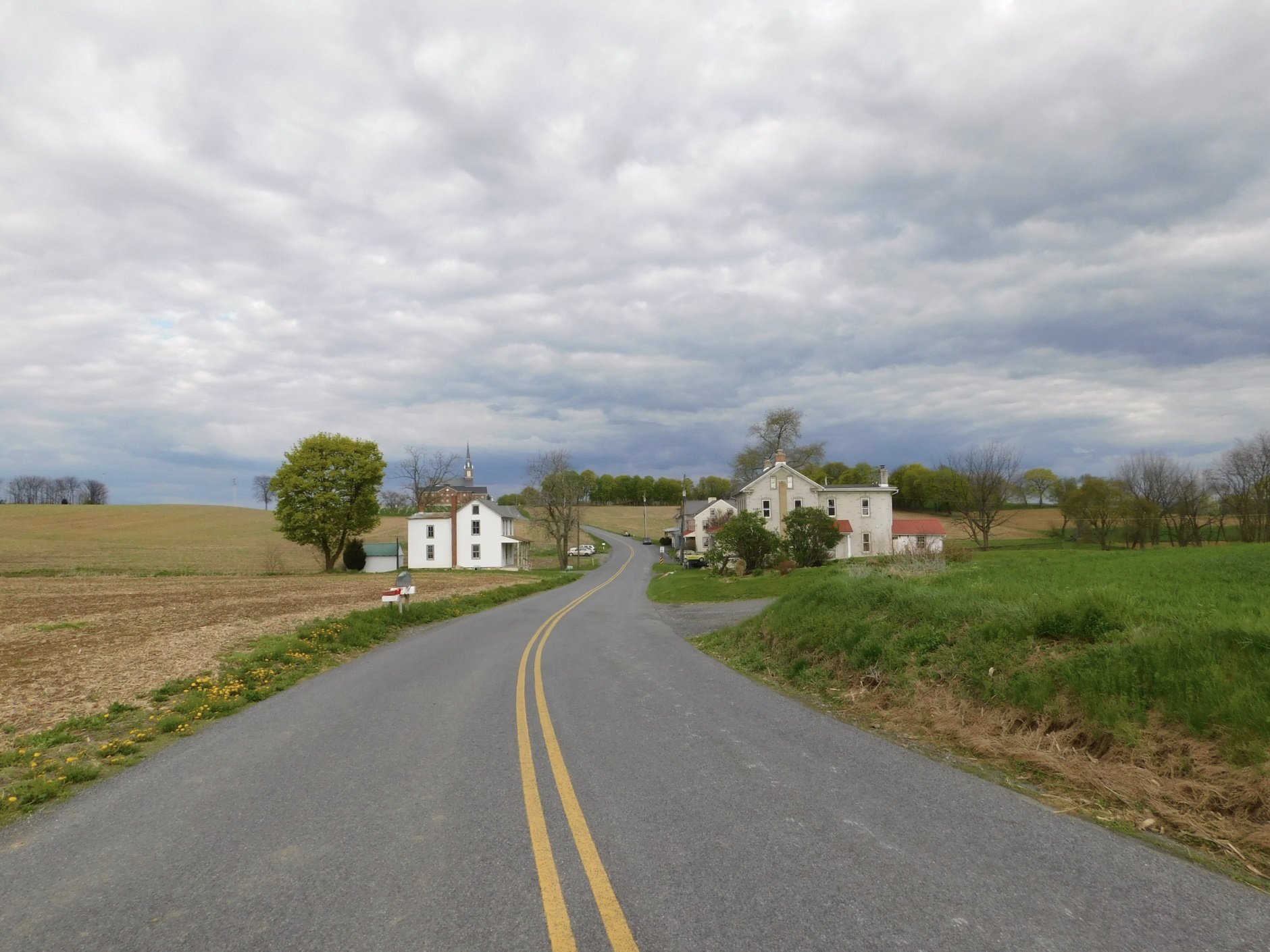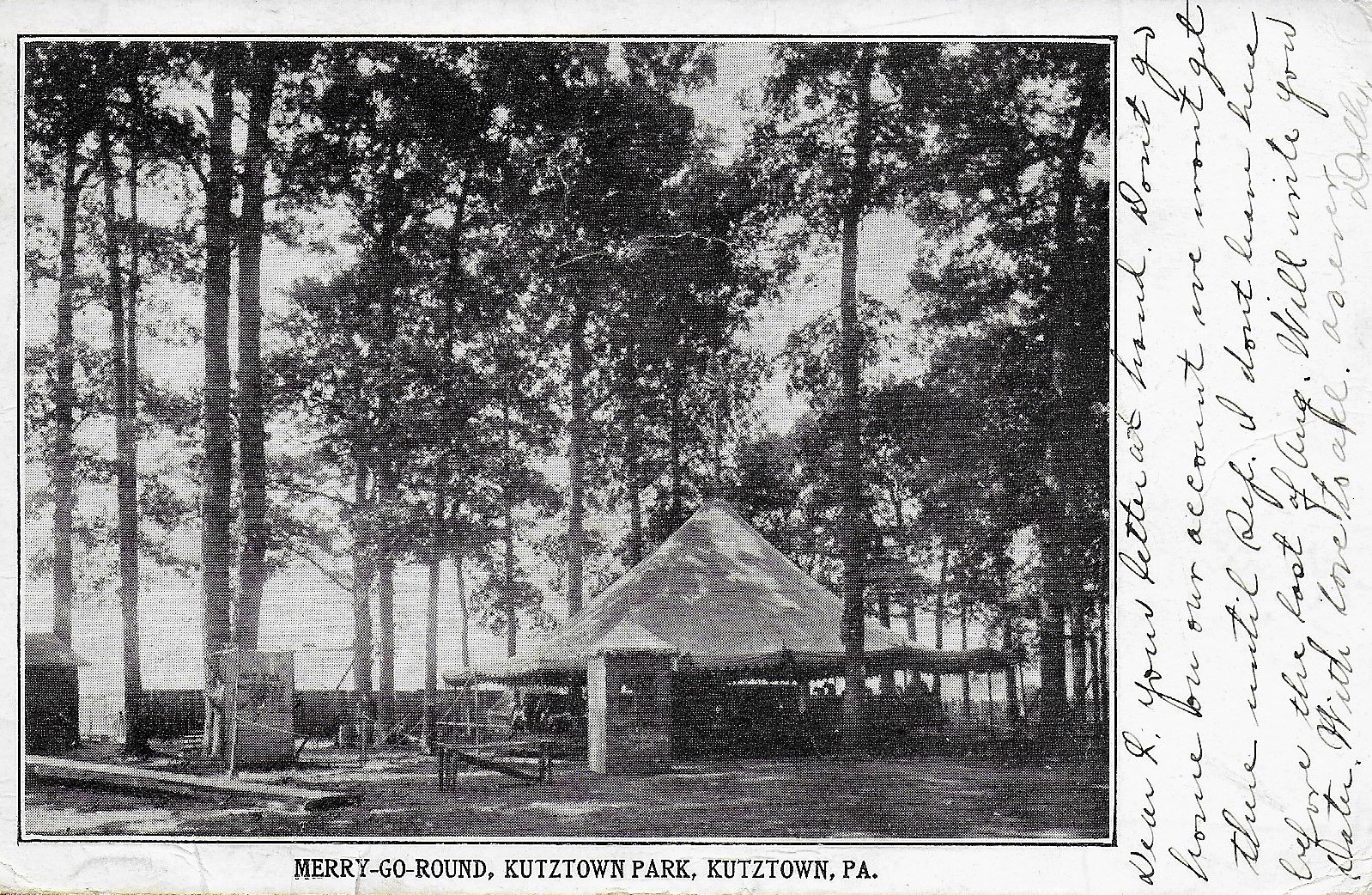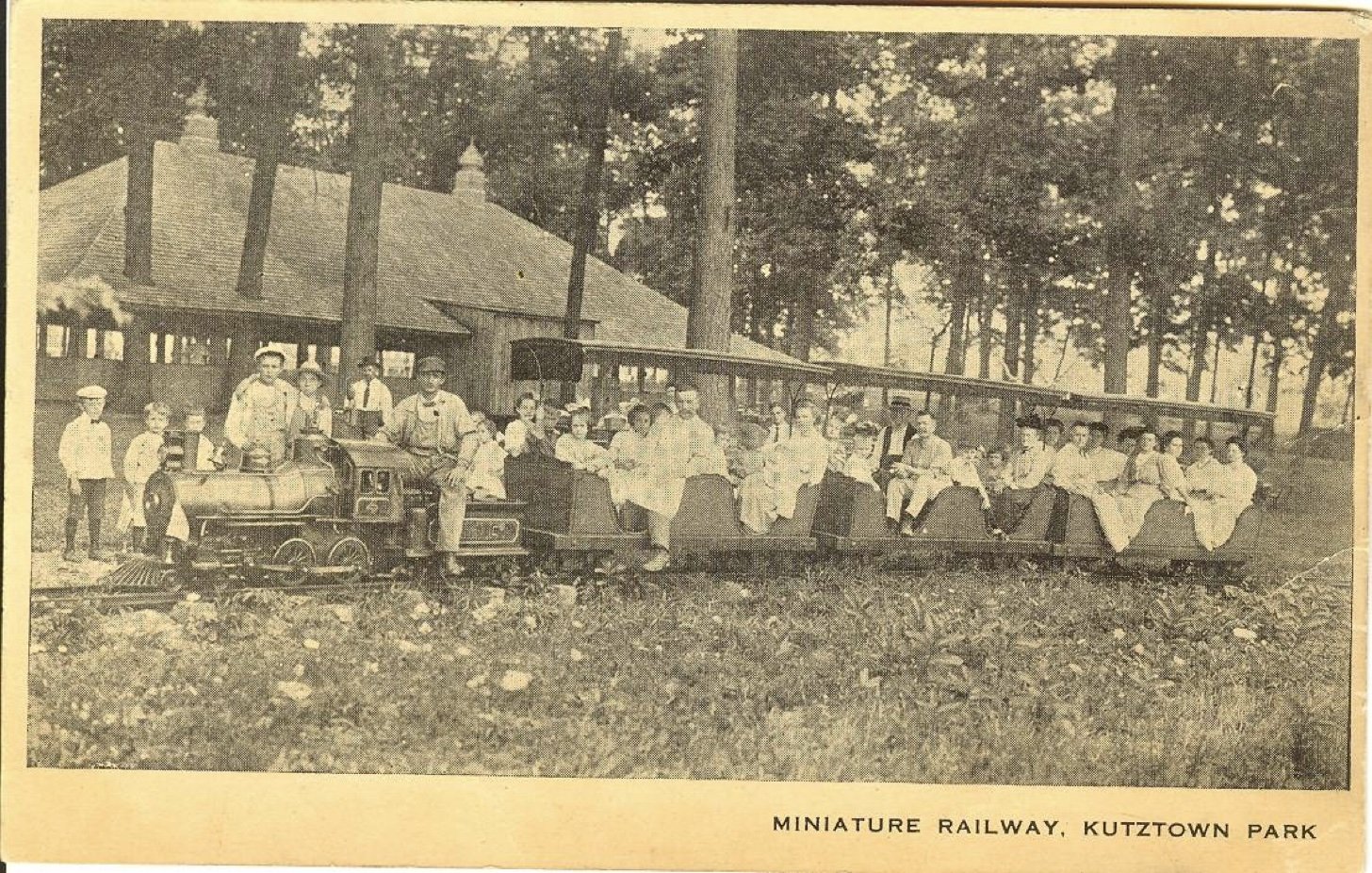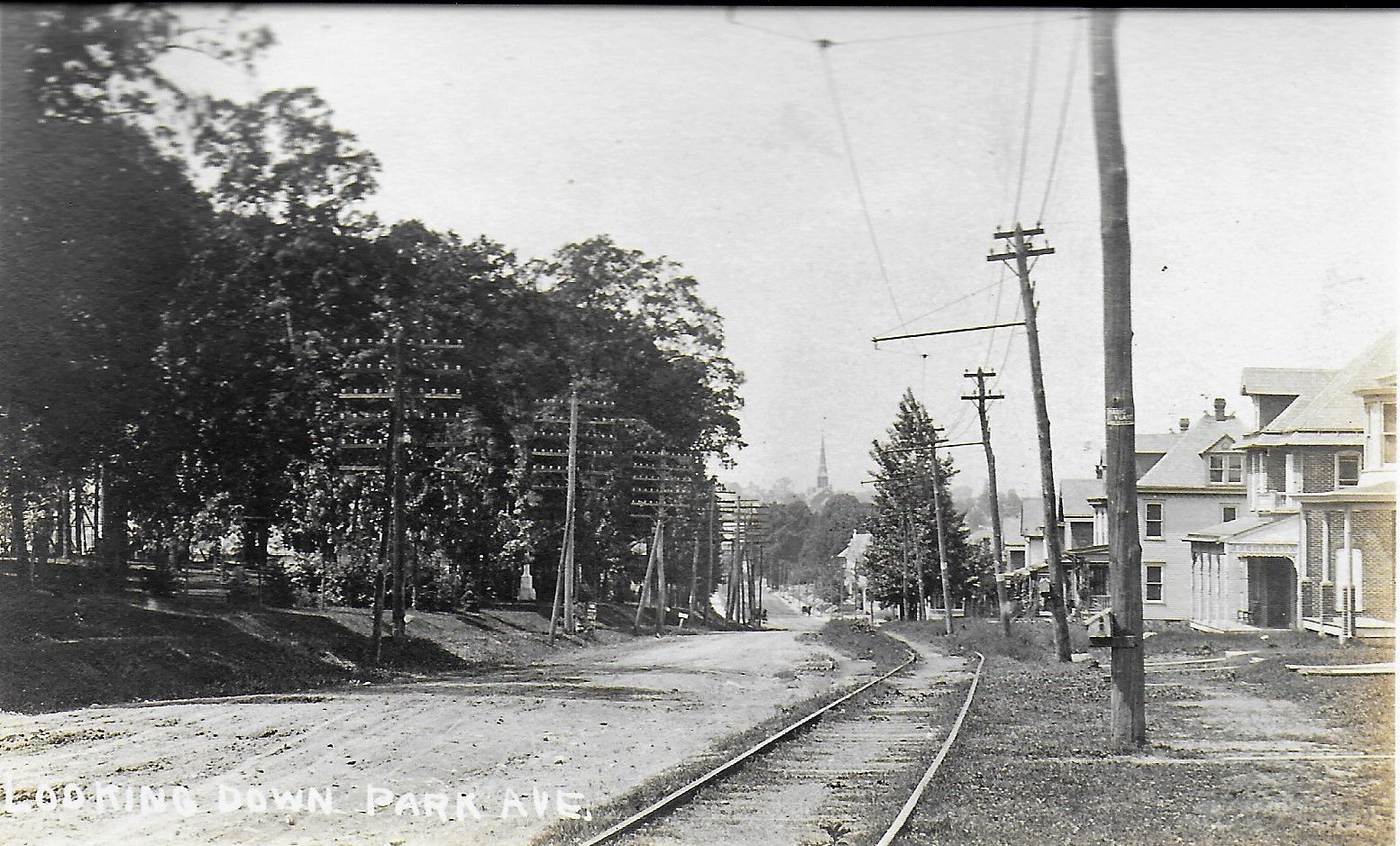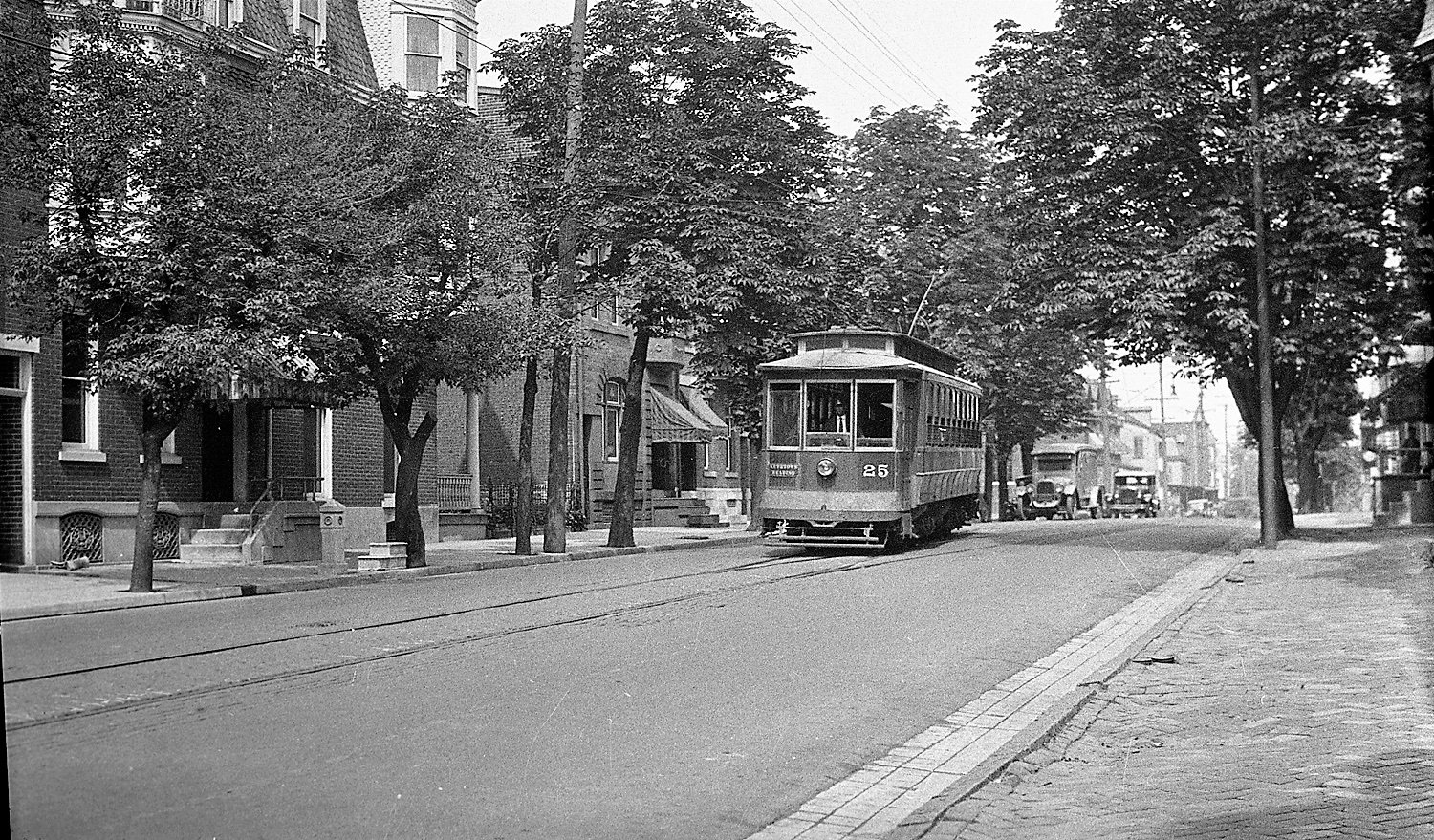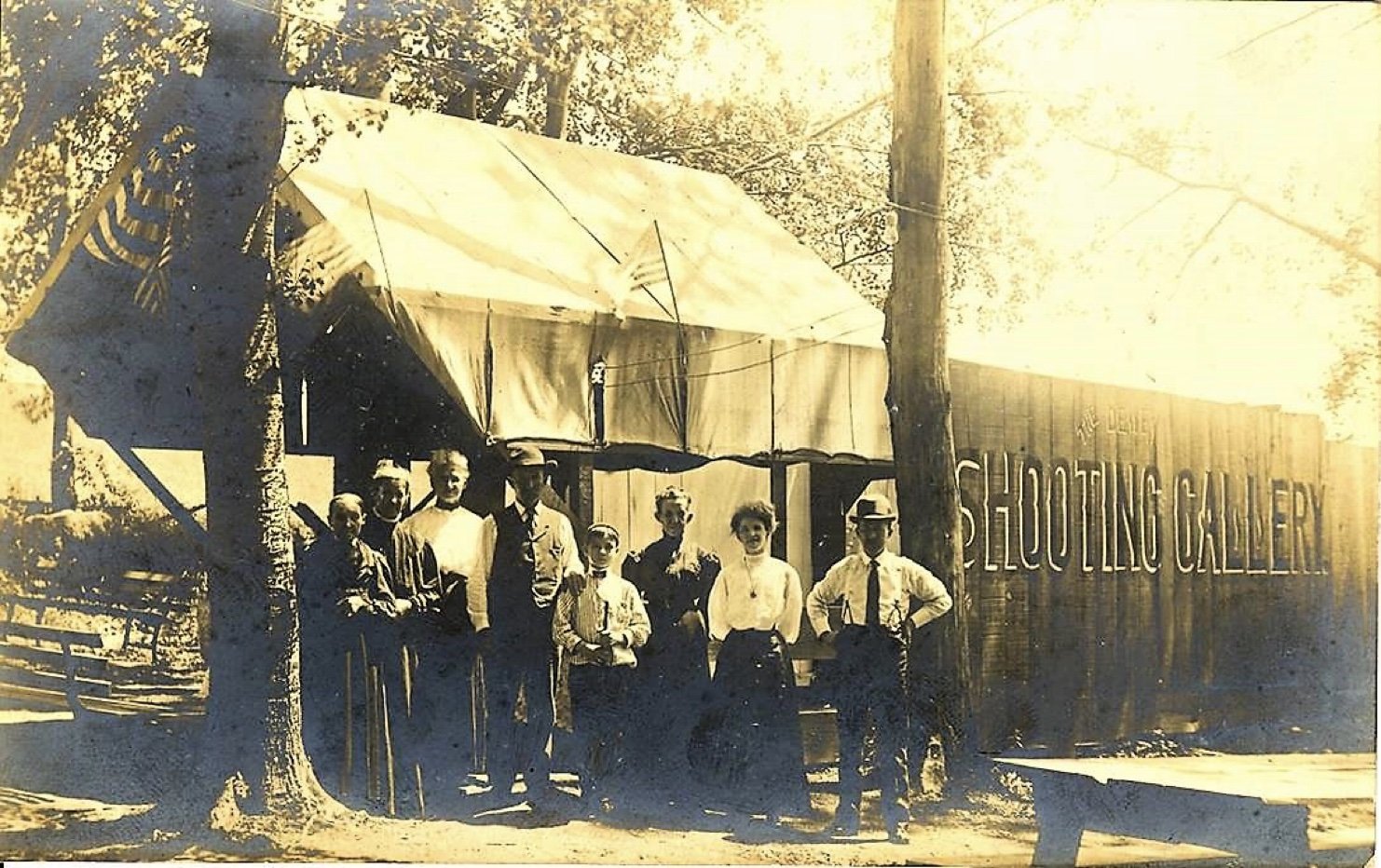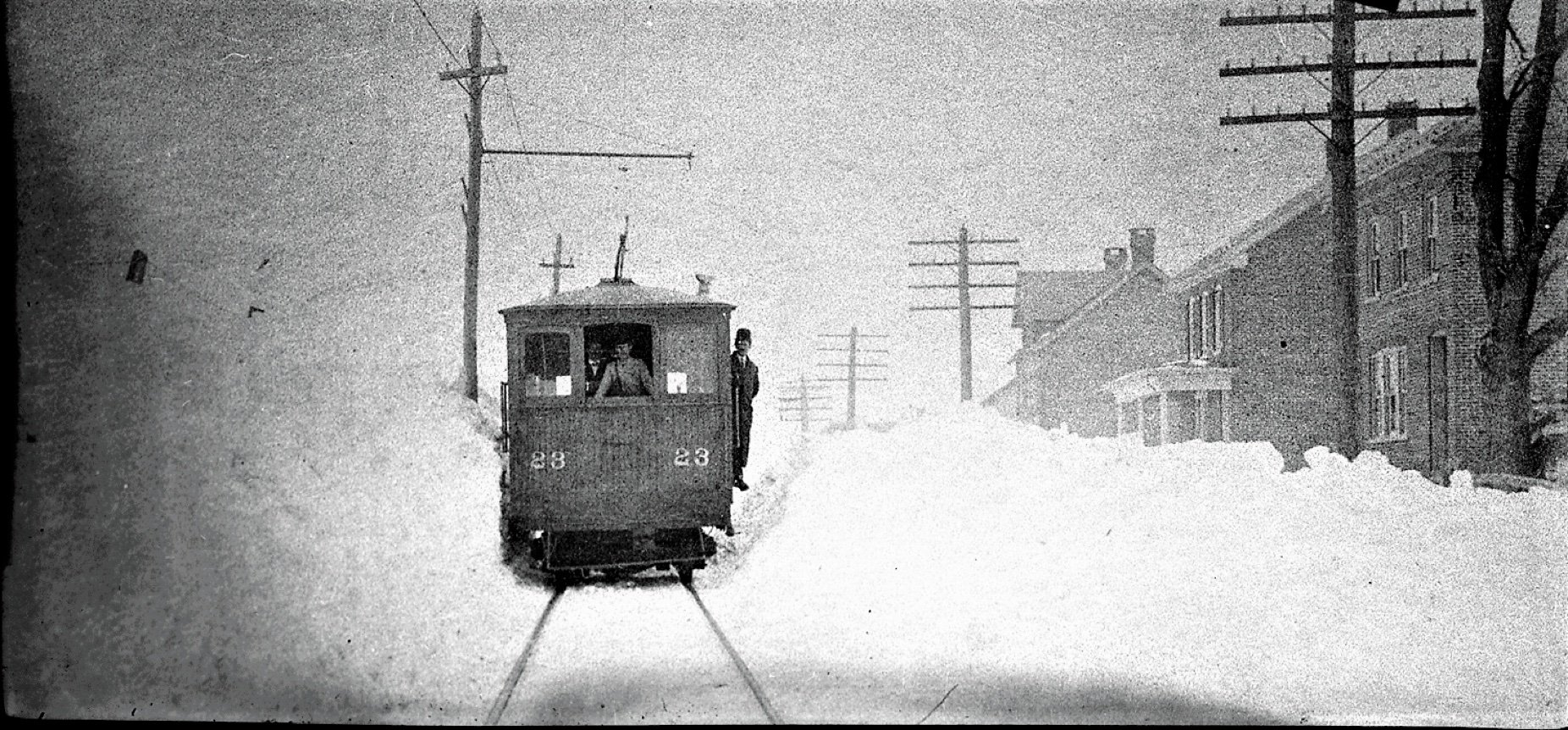The Dorney Park Line
The Story of the Allentown and Reading Traction Company by Jim Schlegel
The Allentown & Reading Traction Company was once known as the “Dorney Park Line”. It was made up of two different traction companies. They were the Allentown Kutztown Traction company and the Kutztown Fleetwood traction company. The two lines were merged into the Allentown Reading traction company on July 10,1902.
The whole idea of having an interurban light rail company leaving from Allentown and heading to Kutztown and Reading dates back to 1895. The fledgling line had a lot of start up troubles that included financial problems and operating agreements with the Philadelphia & Reading Railroad and the Borough Council of Kutztown….Imagine that.
According to the book, Trolleys of Berks County Pennsylvania, by Harry Foesig “Kutztown Borough Council passed an enabling ordinance on March 18,1895 (55 years before my birthday) to permit the line under a new charter of February 25, 1895 as the Allentown Kutztown Traction Company. Capitalized at $100,000.00 to enter Kutztown. ( Prior to this the traction company threatened to by pass Kutztown and move on to Lyons.) The Kutztown ordinance for laying track, erecting poles, and running cars on main street from end to end was signed by Burgess Gehring the next day. This provided for the usual tax of $5.00 per car per year, and an additional tax of 50 cents on each pole. Tracks were to be flat rail to accommodate carriages, poles to be square and painted, and paving the full width of the ties. All was to be completed in 6 months, with cars running every half hour at a speed not to exceed 10 miles per hour.”
Nothing happened beyond the paperwork for 7 more years.
Finally on April 25th, 1902 at 4:30 in the afternoon the first cars arrived in Kutztown. The Allentown & Reading Traction Company was 40 miles in length and ran 15 miles in Lehigh county and 25 miles in Berks County. It was the longest of any of the interurban electric traction companies operating out of Reading, PA.
The line started on the south side of the Soldier's and Sailors monument at 7th and Hamilton Street in Allentown . It went south on 7th street to Walnut St. Then headed west on Walnut St . There were two divisions. One was the Allentown Division which operated standard gauge track 4’8 and1/2” and the Reading Division which operated wide gauge track 5’2”. If you wanted to travel the entire route you had to change trolley cars at the trolley station in Kutztown.
Located at Willow St. and Park Avenue (East Main ST.) in Kutztown. The reason for this was The trolley lines in Reading and the rest of Berks county were wide gauge. This allowed the Reading division cars to be operated on the other lines in Reading & Berks County. Conversely the Allentown Division cars could operate in Allentown and the rest of Lehigh County . If you were a student from the Lehigh Valley attending Kutztown Normal School you could stay on the same car up to the top of Normal Hill . If you were from Berks County and going to a Camp Meeting or a Picnic at the Kutztown Park you could stay on the Same car.
Dorney Park was at one time owned by the traction company. The section from Dorney into the City was the last to be abandoned in 1936. The Allentown & Reading traction company was a transporter of both passenger and freight. As we go along you will see that there were more pictures taken and more information saved on the Allentown division.
The line went all the way to Temple, Pa. At Temple the trolleys operated via trackage rights on the Reading Traction Company (Later the Union Traction Co.) to 5th and Penn Streets. The 40 mile trip took almost 3 hrs. Slow by comparison of taking the Philadelphia & Reading Railroad’s passenger trains from Reading to Allentown. The cost was $0.50.
THE DEMISE OF THE TRACTION COMPANY
What happened to the Traction Company that it ceased to exist?
Here is the rest of the story. Because of the popularity of the private automobile, Bus and Rail transportation, the Allentown & Reading Traction company saw the writing on the wall.
According to ‘Short Trolley Routes in the Lehigh River Valley’ a publication of the Lehigh Valley chapter of the National Railway Historical Society, abandonment of the trolley line started with the East Texas to Kutztown portion on November 1st, 1929. The Reading Division on February,25 1930. Lehigh county home to East Texas in 1934. The Portion from The Lehigh County Home to Center Square in Allentown which served Dorney park was abandoned on March 27, 1936. The end of the traction company.
But this is still not the end of the story.
In 1924, the Traction Company sold it’s Kutztown Electric generating plant to the Borough of Kutztown. The borough has it’s current electric company association back to the Allentown Reading Traction company. The traction company then purchased it’s power from the borough.
Dorney park was a profitable business for the traction company. Never the less, the traction company sold it off to private investors in 1925.
According to ‘Along the Saucony’ An article written by the late Bill Yurvati , “ The Allentown Reading TRACTION Company” formed a new company know as “The Allentown Reading TRANSIT company”. The new company initiated bus service on November 1, 1929. This was the date of the first section of the trolley company being abandoned.
The Bus Company initiated service on August 3, 1939 with 7 daily round trips from 7th and Hamilton St. in Allentown to 427 Penn Street in Reading. Kutztown stops included the Trolley Station at Willow and East Main St., The Keystone House (today the Kutztown Tavern), the Farmers Bank, and Normal Hill.
When the Bus Service began, Trolley service continued uninterrupted until after the Trolley Company submitted to the Public Service commission permission to abandon the first segment of the line to East Texas from Kutztown. The traction company had already discontinued freight service with some of the business taken over by Allen Transportation Company. ( A truck company. )
Mack Truck officials frequently visited the new bus line to demonstrate the worthiness of their busses to prospective buyers. Mack assigned a mechanic to the Kutztown Car barn to assist with maintenance and repair of the bus fleet. In February of 1930 two additional busses were added to the fleet.
In February of 1930 the Fleet was enlarged by two more busses to a total of five busses. This was when the Reading Division of the traction company was abandoned.
Service was then expanded between Kutztown & Reading to include Lyons, Fleetwood, Waltnuttown, Blandon, and Temple, a route parallel to the original trolley route.
As Bus operations continued to become more popular, trolley service was gradually curtailed and the last segment of tracks were abandoned on March, 27 1936.
In 1947, the Allentown & Reading Transit Company relinquished its charter, dividing it’s routes between Carl R. Bieber, then operating a truck and excavation company and Reading Transportation Company. (The motor company of the Reading Railroad). Reading Transportation’s bus routes were later taken over by Capitol Trailways who in turn were many years later were taken over by Carl R. Bieber Inc. Today we all know what happened to Carl R. Bieber bus company.
The transfer of the charter brought to a close a half century of public transportation by the Allentown & Reading Traction and Transit Companies.
CREDITS
Thank you to the historical societies and historians who contributed to this presentation with pictures and their knowledge of the Allentown & Reading Traction Company. THE DORNEY PARK LINE.
The Kutztown area Historical Society
The Lehigh Valley Chapter of the National Railway Historical Society
The North Jersey chapter of the National Railway Historical Society
Doug Peters
Bill Yurvati
Robert Wanner
Bill Cuff
David Ramaley
Sandy Leiby
Glenn Koch
Compiler and presenter: Jim Schlegel
Editor: Andy Schlegel

